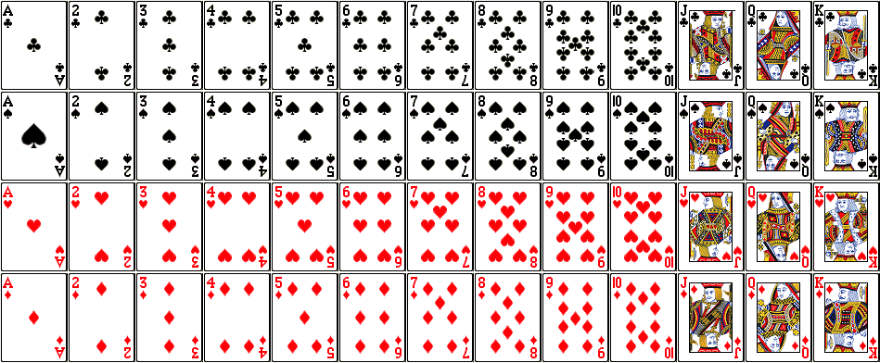What are the most important blackjack rules?
After poker, blackjack is the most popular card game both online and off. Also known as 21, blackjack is a very entertaining game with lots of thrills, and can also be enjoyed be players who like to use strategy. In fact, an experienced player can seriously damage a casino with the use of well-honed blackjack skills. In this article we’ll be going over some blackjack basics to help you learn how to play blackjack and get used to the rules of this great game.
Learning the basics
An important point to start off with is that not all online blackjack games are played in exactly the same way. While the differences aren’t huge, they are important to take note of so that you can maximize the efficiency of your play. Always read over the site’s blackjack rules, and the software instructions (menus, preferences etc.) so that you know about all the features.
Online blackjack can be divided into 2 main types – animated games and live games. The animated games are just like any other software game you’ve seen. You’ll see the player’s view of the table and all the necessary information in front of you. In live online blackjack, you’re actually playing in a real casino, but one that is in a remote location. The casino is more like a live TV studio and the cameras stream what’s going on in real-time so that you can play blackjack from your sofa!
The Rules of Blackjack
Here’s a rundown of the most important blackjack rules to help you get started and understand the flow of the game…
- Blackjack is played with 1 to 8 decks of 52 cards each.

- Aces can be counted as having a value of either 1 or 11 points (whichever is better for your score). The suited cards from 2 to 9 count as their numerical value eg. 4 of diamonds = 4 points. 10’s, Jacks, Queens and Kings all count for 10 points.
- The point value of a blackjack hand is simply the sum of all the card points.
- A score of 21 made up of various number cards isn’t as strong as a hand with just a single 10-card and an ace (also known as “blackjack”). In other words, “blackjack” outranks any other hand of 21 points.
- When a round begins, players place their bets on the table.
- The dealer deals two cards to each player, and finally two cards to himself, one of which is kept face down and is known as the “hole card”.
- If the dealer’s face up card happens to be an ace, he will offer players the option of “insurance”. Insurance is basically a type of side bet that pays 2 to 1 if the hole card ends up being a 10-pointer. You don’t have to take the side bet, which can be a maximum of half the wager of that round.
- If the dealer’s face-up card is a 10 or an ace, he will have a peek at his other card. If he has blackjack, he will immediately reveal his hand.
- By having blackjack, the dealer’s hand has won, but players that took insurance will receive their payouts. If one of the players also has blackjack, this results in a “push” which is basically a tie.
- Now, let’s assume that the dealer didn’t get an ace right away. Play moves from the dealer’s left while each player makes his/her choice from the following options:
- Stand: the player stays in the game, but doesn’t make any change to the hand.
- Hit: the player opts to draw another card. This can be repeated until the hand exceeds 21, also known as “busting”, resulting in a loss for that round.
- Double: the player can double his wager, but can receive only one additional card.
- Split: if the player has a pair, or any two 10-point cards, then he can split is hand into 2 separate hands and double his bet. The dealer hands the player an additional card to each of the new hands. At this point the player continues with each hand as a separate chance to reach 21, with the exception of splitting aces which only allows for one additional card per ace. Once the player has chosen to split, a draw of a 10 and an ace count as 21, but not as “blackjack”. The player is allowed to split again, resulting in a maximum of 4 hands. Some casinos won’t let you re-split aces.
- Surrender: similar to a fold in poker, by surrendering, the player leaves the round, but gets to keep half the original wager. In some casinos you can’t surrender at all, but when it is allowed, it can only be done on the first 2 cards.
- The play continues to move from player to player around the table until it’s back at the dealer who reveals the “hole card”. If the dealer has 16 points or less, he must continue to hit. The exception is if the 16 points are made up of an ace and a number card (also known as a “soft 17”) although in some casinos the dealer will also have to hit in this situation.
- If the dealer exceeds 21 (or “busts”) then any player that didn’t bust wins.
- If the dealer doesn’t bust, then the highest score on the table wins.
- Winning blackjack bets pay even money. It’s accepted that “blackjack” pays 3 to 2 although some casinos choose to skip this payout boost which gives them a strong advantage.
